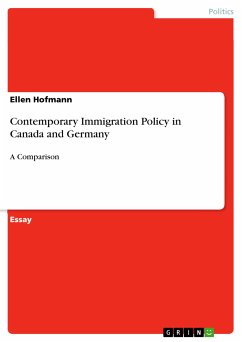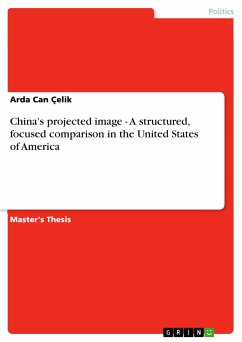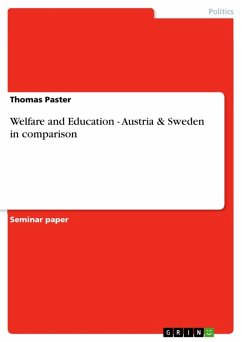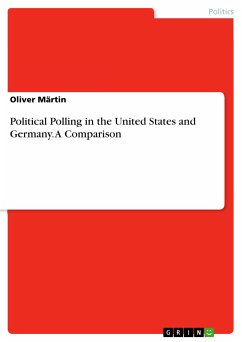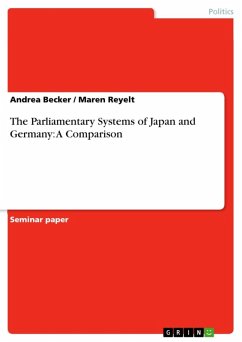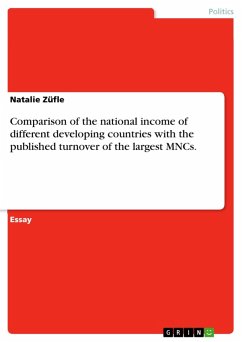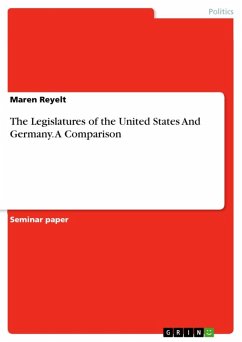Essay from the year 2007 in the subject Politics - Political systems in general and in comparison, grade: 1,0 (A), , course: Canada in the World, From Laurier to 21st Century, language: English, abstract: Immigration policy is a crucial element of a country's policy making. In each country it developed throughout the history of the respective country and, thus, reflects a nation's historical development. However, immigration policy does not only reflect the past or historical development of a country or nation, it is also continuously adjusted to contemporary economic, cultural and political events and developments (Finley 27). Thus, it suggests itself that this element of policy making is a very vivid one, since it does not discontinue changing. Moreover, it is a well-known fact that the distinct historical pasts of different countries led to varying approaches to and systems of immigration policy. Throughout the past decades countries all over the world have witnessed skyrocketing numbers of migrants. While in 1960 there were 76 million migrants worldwide, their number had more than doubled by 2000 with 175 million and further increased drastically to 200 million migrants in 2005 worldwide. Thus, international migrants, including more than nine million refugees, are now said to account for 3% of the world's population (Finley 27). It goes without saying that it is primarily the rich western countries such as Canada and Germany that attract immigrants due to the fact they are able to provide sophisticated standards of living. Thus, it suggests itself that the ever-increasing number of migrants into western countries call for well-functioning laws and systems governing the influx and the integration of these migrants. Thus, as already indicated by its topic, this essay will shed some light on how the two countries try to govern the influx of immigrants and compare their policies and policy systems. In order to be able to compare both policies with each other, the essay will begin by providing a brief historical background of Canadian and German immigration and afterwards describe the contemporary immigration policies of both countries briefly. Thereafter, the following distinct elements of these policies in both countries respectively the factors influencing them will be compared: growth of population and economic implications, restrictions, and integration vs. xenophobia. The aim of this essay is to find out whether the two systems are rather similar to each other or completely different.
Dieser Download kann aus rechtlichen Gründen nur mit Rechnungsadresse in A, B, BG, CY, CZ, D, DK, EW, E, FIN, F, GR, HR, H, IRL, I, LT, L, LR, M, NL, PL, P, R, S, SLO, SK ausgeliefert werden.

